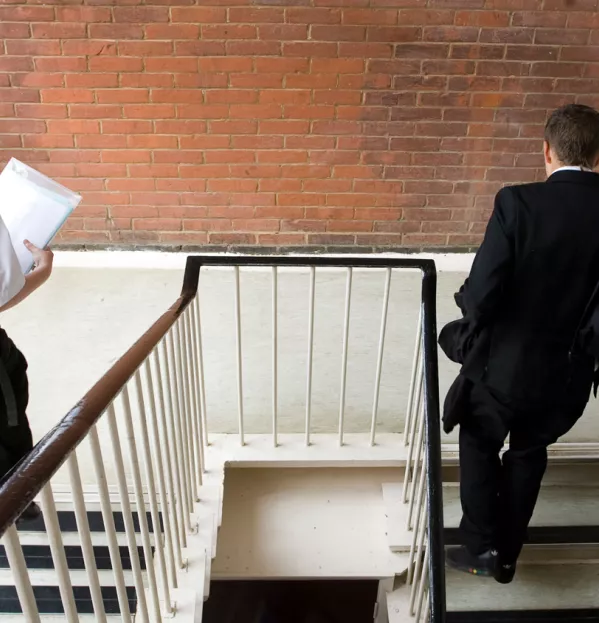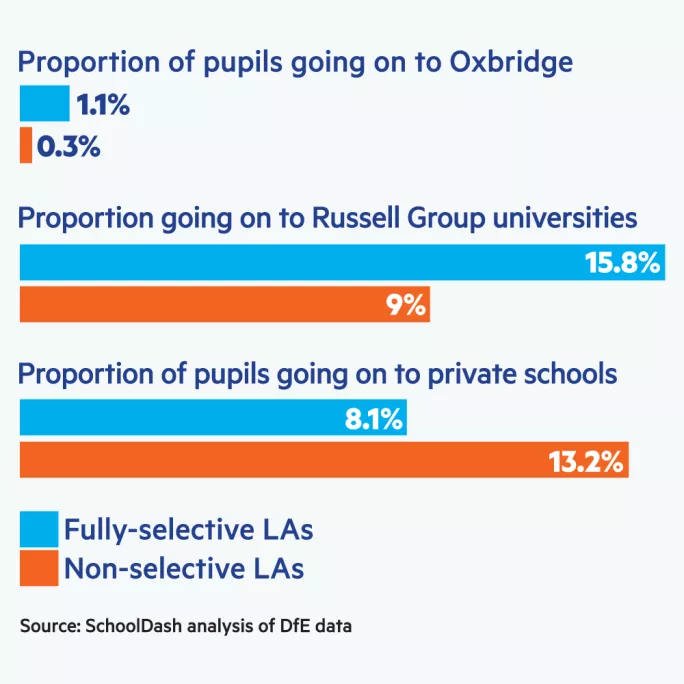Grammar schools have a “detrimental” impact on academic standards among all children in their local area, new research using the latest government figures shows.
The study, using 2015 GCSE data, reveals that pupils with “medium” and “low” prior attainment who were attending non-selective schools in selective areas performed up to one-and-a-half grades worse than their peers in non-selective areas.
The report also shows that children were less likely to attend a private school in selective local authority areas. Just 8.1 per cent of pupils were educated in the independent sector in selective areas, as opposed to 13.2 per cent elsewhere.
The findings come less than two weeks before the government’s deadline for its consultation on its plans to expand dramatically the number of grammar schools in England. Timo Hannay, founder of data analytics firm SchoolDash, which published the research, said his findings show that grammar schools “do not work for everyone”.
“If you are more concerned with maximising progress among the mass of moderately able children, or in ensuring that we have a widely technically literate population, in their current form, grammar schools appear to be detrimental to those causes,” Dr Hannay said.
The difference in GCSE point scores between pupils with medium prior attainment (based on key stage 2 test scores) in selective and non-selective areas amounted to an average of one-and-a-half grades spread across pupils’ best eight GCSEs, the study shows.
‘Negative’ impact
A similar story was found among students with low prior attainment, who performed, on average, about half a grade worse in selective areas than their counterparts in non-selective local authorities.
The research also shows that the effects of a grammar can be felt by schools as far as 10km (six miles) away. Schools 10km away from a grammar had 29.3 per cent of pupils with high prior attainment, when the national average is 31.5 per cent.
In addition, the SchoolDash study shows that non-selective schools in selective local authorities tended to have lower entry rates for more traditionally academic subjects, such as biology, chemistry and physics, and higher entry figures for subject with a less academic bent, such as core science.
Pupils in selective schools performed around two grades per pupil better, on average, than those in non-selective schools in geography, religious studies and maths. Biology, physics and chemistry showed the smallest differences between schools, with selective schools achieving around one grade better per pupil on average.
A Department for Education spokesperson said: “Thanks to the changes made by the government, almost 1.8 million more children are in schools that are rated ‘good’ or ‘outstanding’ than in 2010. But we know there is more to do, and that’s precisely why we have set out plans to make more good school places available, to more parents, in more parts of the country. This includes scrapping the ban on new grammar schools, providing they meet strict conditions to ensure they are contributing to the improvement of the school system as a whole.”
@RichardVaughan1

